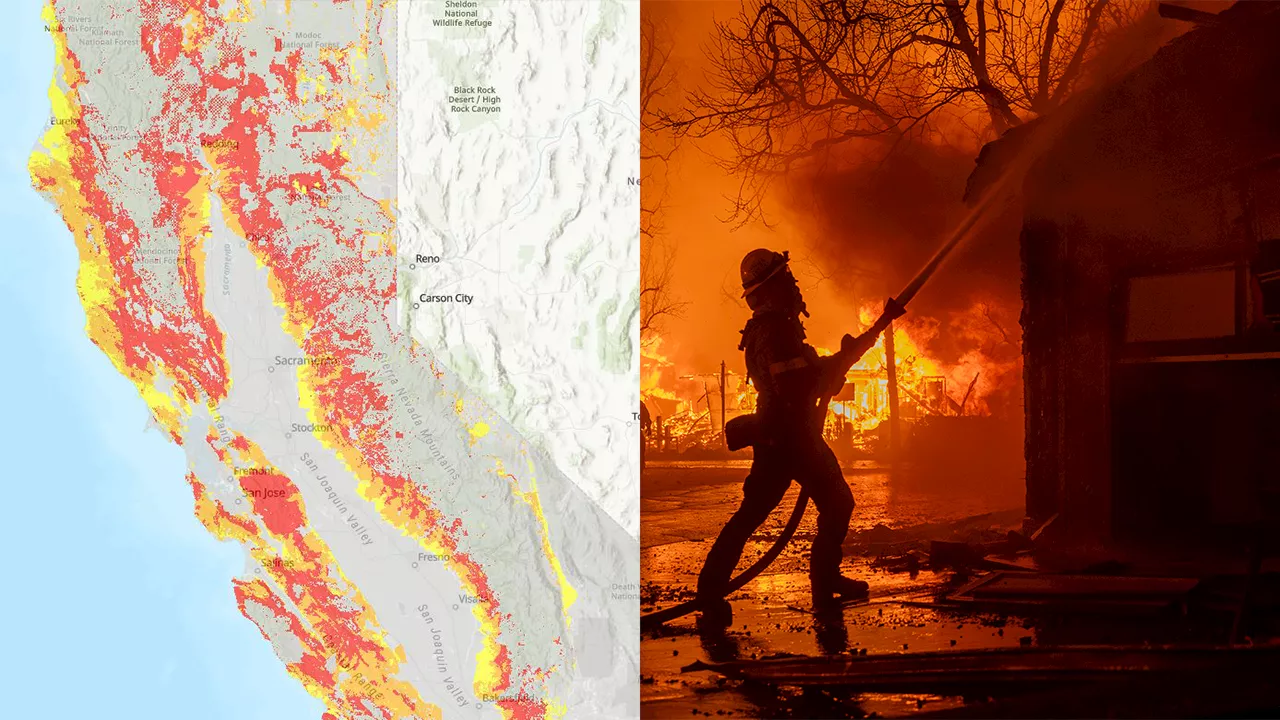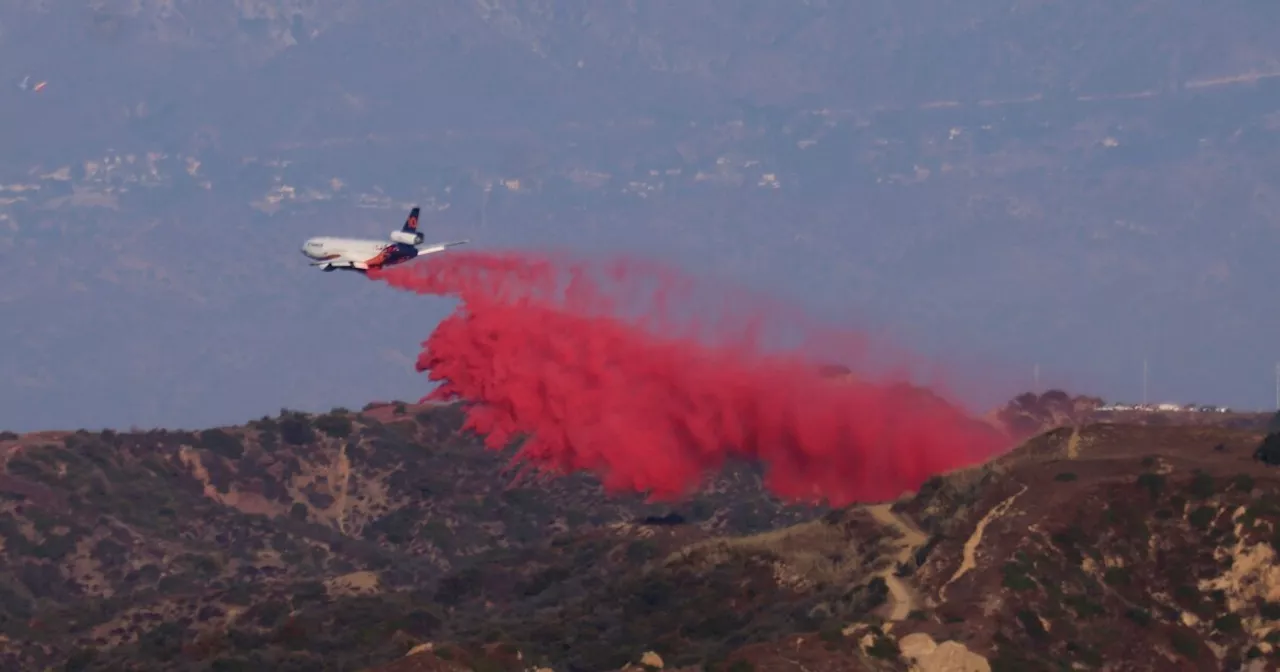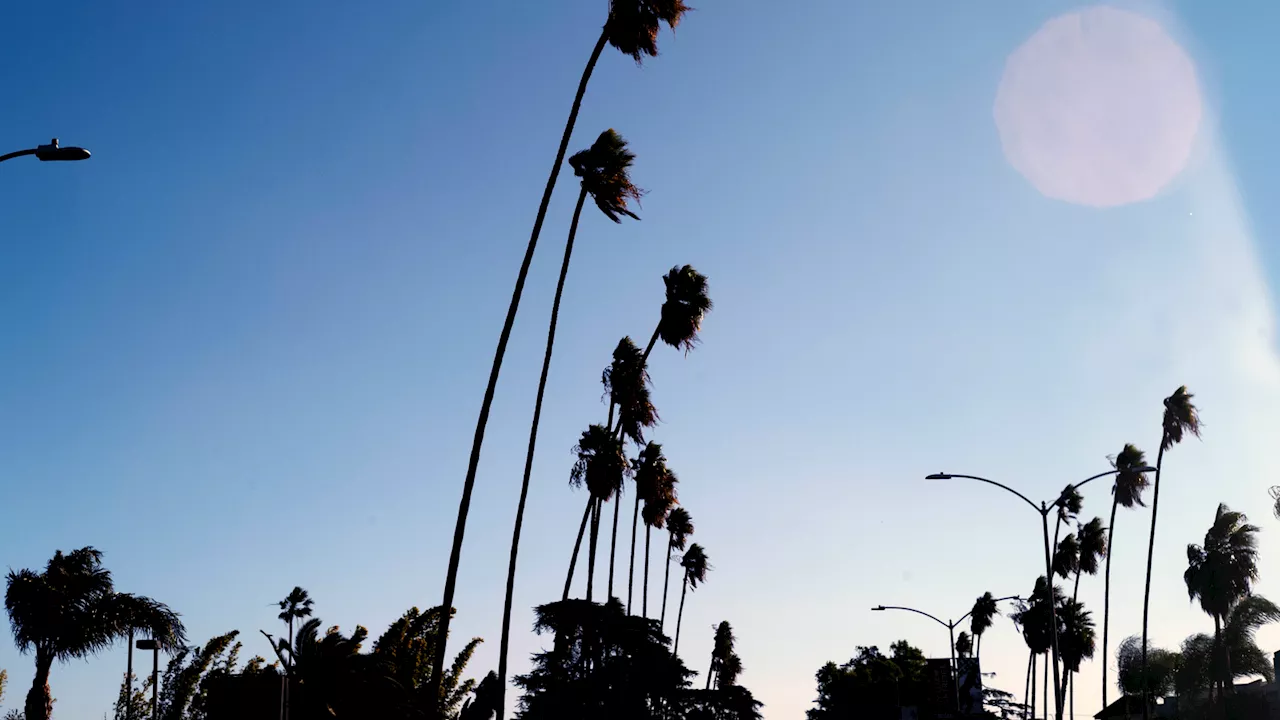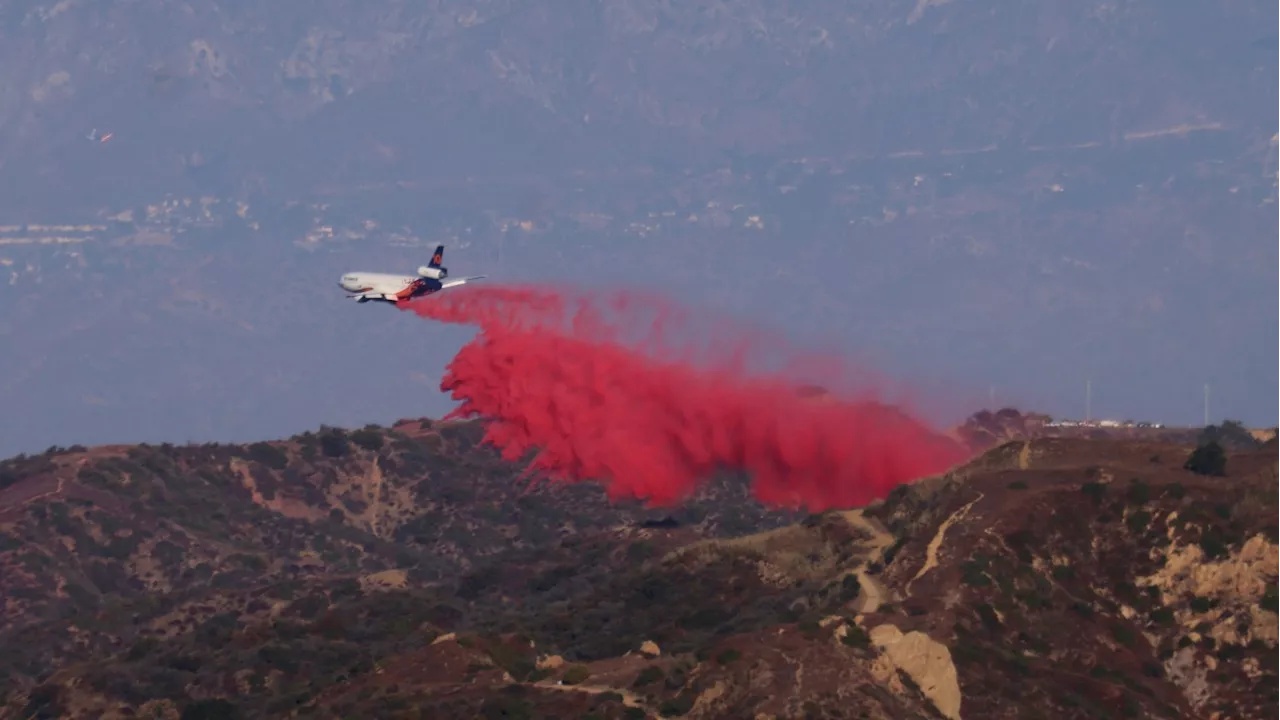This article explores the composition and potential risks of the red fire retardant dropped by air tankers during wildfire suppression efforts.
Fire crews and air tankers are working to contain wildfires, with images of red fire retardant being dropped common. The retardant, used for decades by the Forest Service, is a mixture of water, fertilizer, and rust for color. It slows fire spread by cooling and coating fuels, depleting oxygen, and changing how fuels burn. The main ingredient is ammonium phosphate fertilizer. While effective, the use of large quantities has spurred concerns about potential harm.
Phos-Chek, a common retardant, doesn't contain substances flagged by California's Proposition 65, but some fire suppression products can include toxic heavy metals. The most immediate danger from air tanker operations is to the pilots, who perform a heroic job guiding planes through challenging terrain
WILDFIRES FIRE RETARDANT AIR TANKERS ENVIRONMENT RISKS
United States Latest News, United States Headlines
Similar News:You can also read news stories similar to this one that we have collected from other news sources.
 Rental Highlight: Cleveland Park Unit Features Sump Pump and Fire-Retardant DrywallA Cleveland Park rental listing is garnering attention for its unique features, including a sump pump and dehumidifier system to maintain dryness, and double fire-retardant drywall.
Rental Highlight: Cleveland Park Unit Features Sump Pump and Fire-Retardant DrywallA Cleveland Park rental listing is garnering attention for its unique features, including a sump pump and dehumidifier system to maintain dryness, and double fire-retardant drywall.
Read more »
 Cal Fire's Fire Hazard Severity Zone Map Shows California Fire RiskCal Fire's new Fire Hazard Severity Zone map allows Californians to search for an address and see the location's probability of being affected by fire. The map assesses fire hazard, rather than risk, based on the physical conditions that create a likelihood of fire behavior over a 30 to 50-year period. The map considers terrain, local weather, and fire history over 50 years. Areas are ranked as moderate, high, or very high fire severity. The map is effective as of April 1, 2024 and focuses on areas under state responsibility, excluding federal land like the Sierra Nevada Mountains and some parts of the Bay Area.
Cal Fire's Fire Hazard Severity Zone Map Shows California Fire RiskCal Fire's new Fire Hazard Severity Zone map allows Californians to search for an address and see the location's probability of being affected by fire. The map assesses fire hazard, rather than risk, based on the physical conditions that create a likelihood of fire behavior over a 30 to 50-year period. The map considers terrain, local weather, and fire history over 50 years. Areas are ranked as moderate, high, or very high fire severity. The map is effective as of April 1, 2024 and focuses on areas under state responsibility, excluding federal land like the Sierra Nevada Mountains and some parts of the Bay Area.
Read more »
 Study Corrects Findings on Health Risks of Common Flame RetardantA study on the health risks of decabromodiphenyl ether (BDE-209), a common flame retardant found in plastics, has been corrected. While initial findings suggested high levels of daily exposure, the researchers now report significantly lower levels. Despite the correction, the study emphasizes the dangers of ingesting flame retardants and calls for greater scrutiny of their use in consumer products.
Study Corrects Findings on Health Risks of Common Flame RetardantA study on the health risks of decabromodiphenyl ether (BDE-209), a common flame retardant found in plastics, has been corrected. While initial findings suggested high levels of daily exposure, the researchers now report significantly lower levels. Despite the correction, the study emphasizes the dangers of ingesting flame retardants and calls for greater scrutiny of their use in consumer products.
Read more »
 Flame Retardant Study Revised: Still Alarming Despite Calculation ErrorA recent study on the health effects of flame retardants in black plastic products, originally published in, has been revised due to a calculation error. While the error has changed the magnitude of the potential exposure, the researchers maintain that their findings are still alarming and highlight the potential risks of these chemicals.
Flame Retardant Study Revised: Still Alarming Despite Calculation ErrorA recent study on the health effects of flame retardants in black plastic products, originally published in, has been revised due to a calculation error. While the error has changed the magnitude of the potential exposure, the researchers maintain that their findings are still alarming and highlight the potential risks of these chemicals.
Read more »
 What is the flame retardant that planes are dropping on the LA fires?As fire crews and air tankers work to block the wildfires' explosive growth, images of red clouds of fire retardant falling onto trees are common. What is it — and what's in it?
What is the flame retardant that planes are dropping on the LA fires?As fire crews and air tankers work to block the wildfires' explosive growth, images of red clouds of fire retardant falling onto trees are common. What is it — and what's in it?
Read more »
 Santa Ana moderate wind event triggers fire weather watch, red flag warningThe Santa Ana winds return to SoCal this week. Here's what to know about this moderate wind event and the fire danger that comes with it.
Santa Ana moderate wind event triggers fire weather watch, red flag warningThe Santa Ana winds return to SoCal this week. Here's what to know about this moderate wind event and the fire danger that comes with it.
Read more »
